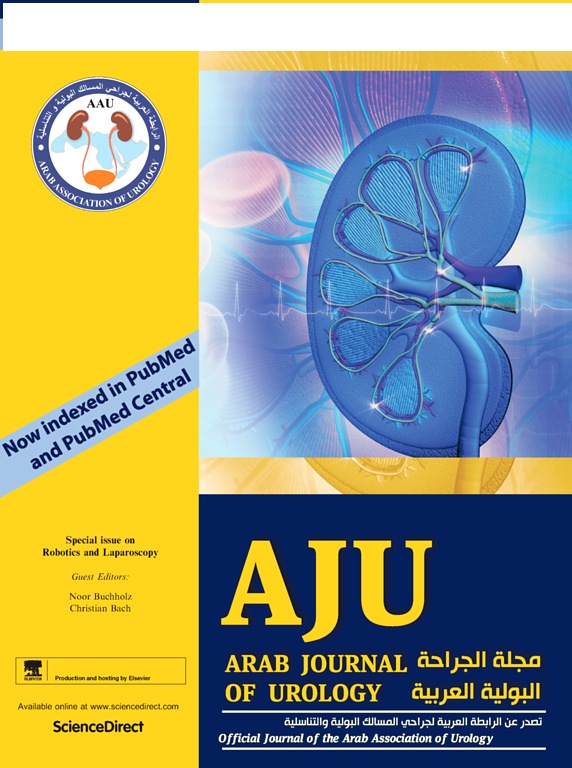Long-Term Results Of Surgical Repair For Management Of Post-Traumatic Posterior Urethral Stricture In Children
Abstract
Purpose: the results of two surgical procedures to restore urethral continuity in children with post-traumatic posterior urethral stricture were compared in retrospective study.
Material and method: from 1996 to 2006, 20 boys, 5 to 18 years old
and median age 11.6 with posterior urethral injuries due to pelvic fractures were treated with delayed resection anastomosis via either transprerineal approach in 11 cases or transpubic approach in the other 9 patients. The overall postoperative follow up ranged from 2-8 tears median 4.5 years.
Results: the success rate as regard urethral patency of the perineal
and transpubic procedures was 82% and 78% respectively. Five patients developed recurrent stricture and were treated successfully with visual urethrotomy (n=1) and re-exploration (n=4). Three patients developed urinary incontinence, 1 patient in the preineal group and 2 patients in the transpubic approach. All of them had unstable (type 4)
pelvic fracture and two were found to have associated bladder neck injuries at time of trauma.
Conclusion: perineal exploration is less invasive approach and carries less morbidity. Urethral injuries due to pelvic fracture in children
require a transpubic approach if the preineal exposure is inadequate, due to long stricture segment > 2.5 cm, to allow tension free resection anastomosis, and to restore urethral continuity. Bladder neck lacerations have more impact on incontinence rate rather than the route of exploration itself.
Key words: posttraumatic urethral stricture, urethral stricture disease, posterior urethral injuries, and pelvic fracture.


